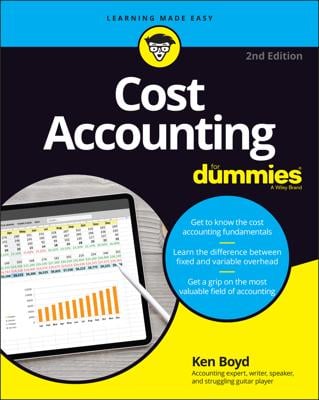Fixed assets is the all-inclusive term for the wide range of long-term operating assets used by a business — from buildings and heavy machinery to office furniture. Except for the cost of land, the cost of a fixed asset is spread over its estimated useful life to the business; the amount allocated to each period is called depreciation expense.
The manager should know the company’s accounting policy regarding which fixed assets are capitalized (the cost is recorded in a fixed asset account) and which are expensed immediately (the cost is recorded entirely to expense at the time of purchase).
Most businesses adopt a cost limit below which minor fixed assets (a screwdriver, stapler, or wastebasket, for example) are recorded to expense instead of being depreciated over some number of years. The controller should alert the manager if an unusually high amount of these small cost fixed assets were charged off to expense during the year, which could have a significant impact on the bottom line.
The manager should be aware of the general accounting policies of the business regarding estimating useful lives of fixed assets and whether the straight-line or accelerated methods of allocation are used. Indeed, the manager should have a major voice in deciding these policies, and not simply defer to the controller.
Using accelerated depreciation methods may result in certain fixed assets that are fully depreciated but are still in active use. These assets should be reported to the manager — even though they have a zero book value — so the manager is aware that these fixed assets are still being used but no depreciation expense is being recorded for their use.
Generally, the manager does not need to know the current replacement costs of all fixed assets — just those that will be replaced in the near future. At the same time, it is useful for the manager to get a status report on the company’s fixed assets, which takes more of an engineering approach than an accounting approach.
The status report includes information on the capacity, operating efficiency, and projected remaining life of each major fixed asset. The status report should include leased assets that are not owned by the business and which, therefore, are not included in the fixed asset account.
The manager needs an insurance summary report for all fixed assets that are insured for fire and other casualty losses, which lists the types of coverage on each major fixed asset, deductibles, claims during the year, and so on. Also, the manager needs a list of the various liability risks of owning and using the fixed assets. The manager has to decide whether the risks should be insured.

